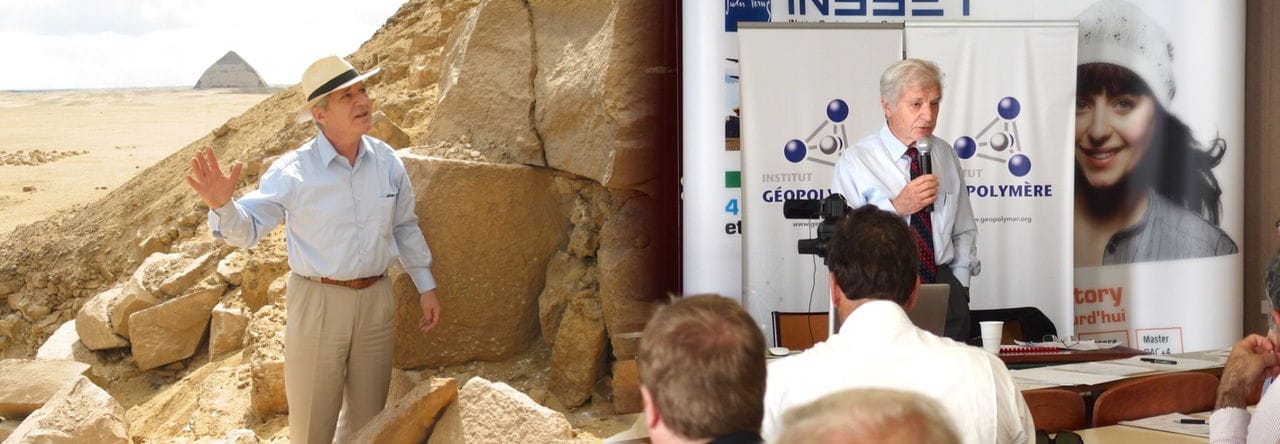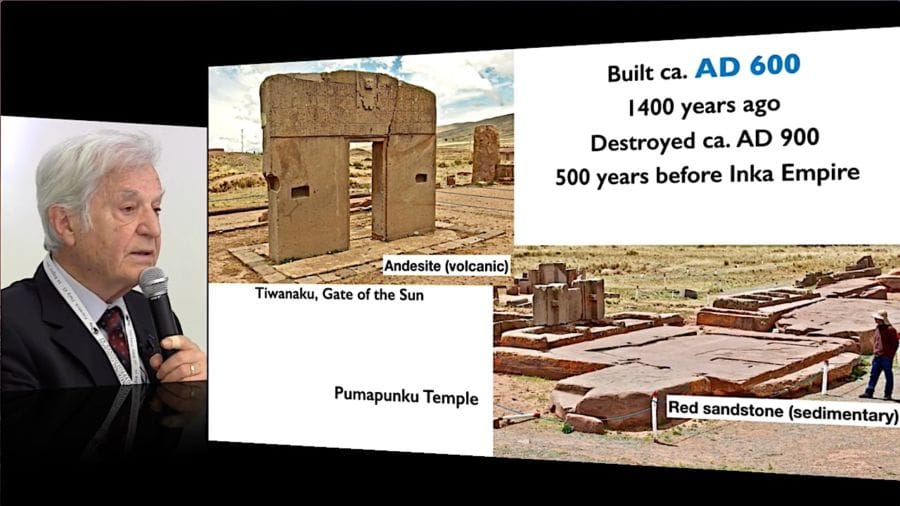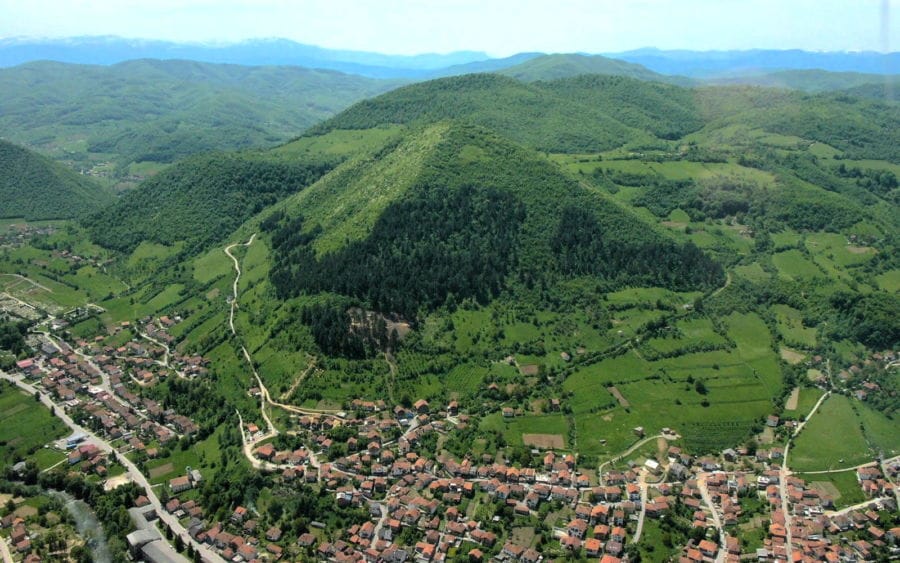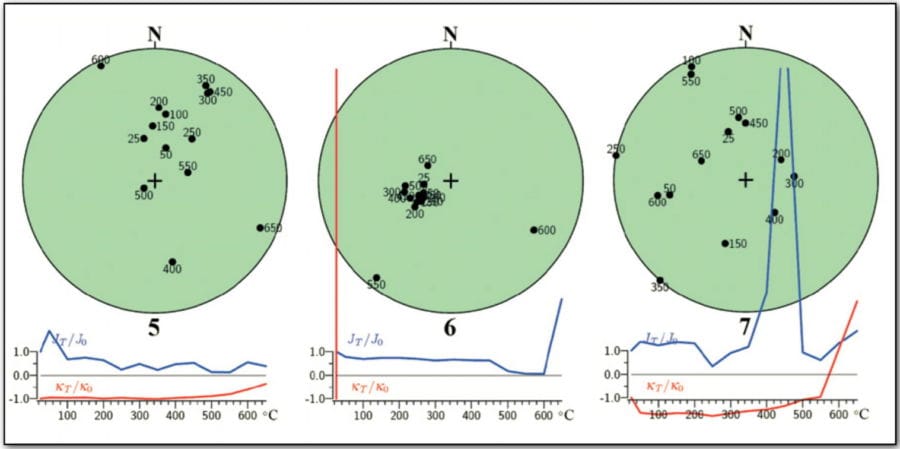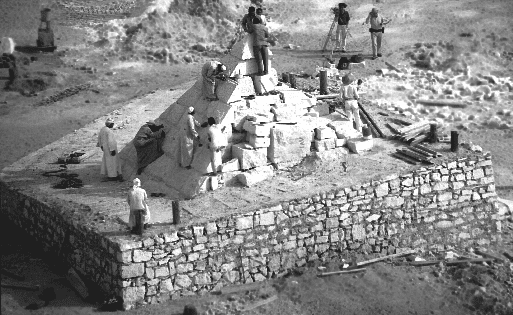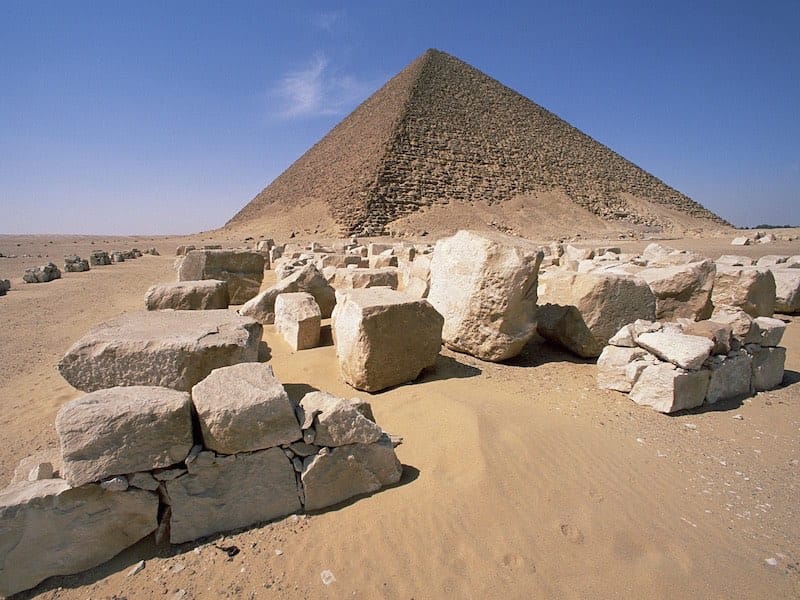Hundreds of thousands of people have read articles and seen videos on the internet dealing with the pyramids of Egypt having been constructed from geopolymer concrete. The arguments of the opponents are always based on the same papers written by American geologists, published 15 to 30 years ago. The most cited study shown in the videos at YouTube is the analysis carried on the “Lauer Sample” by the American petrologist D. Jana, published in 2007. It is time to put an end to this pseudo-science.
What is the Lauer sample?
The controversy concerns the analysis performed on a sample of …
Read more / Lire la suite
 In English
In English En Français
En Français